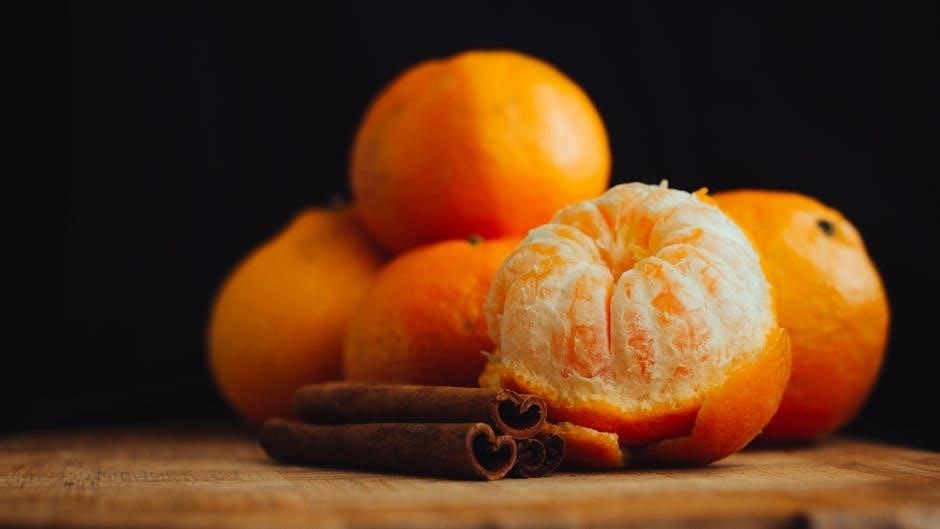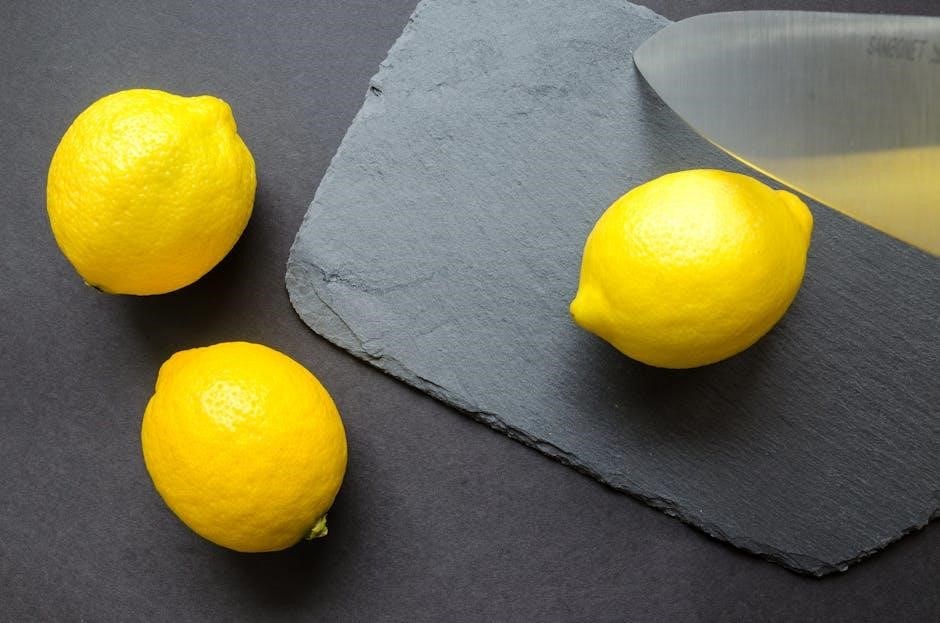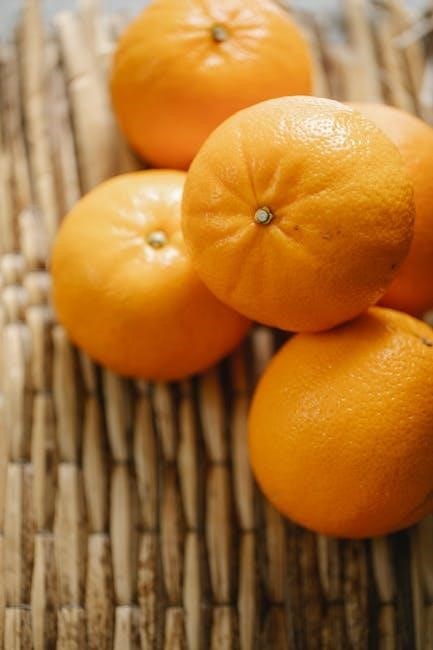Tangie Terpenes: A Tangerine Flavor Guide
Tangie‚ a celebrated strain‚ owes its distinctive tangerine flavor primarily to its rich terpene profile․ This guide explores the key terpenes that contribute to Tangie’s signature aroma and taste․ We will dissect the roles of Limonene‚ Myrcene‚ Caryophyllene‚ and Pinene․
Tangie‚ a sativa-dominant hybrid born from the cross of California Orange and Skunk-1‚ has captivated cannabis enthusiasts with its vibrant tangerine aroma and flavor․ Originating from Crockett Family Farms‚ Tangie offers a unique sensory experience that sets it apart․ Its flavor profile is characterized by a dominant citrus note․
This strain provides an electrifying and euphoric buzz‚ making it a popular choice among experienced users․ Tangie’s aroma is akin to a freshly peeled tangerine‚ a complex blend of sweet and tangy scents․ This inviting fragrance hints at the rich terpene profile responsible for its distinctive character․
The enduring appeal of Tangie lies in its ability to deliver a consistent and enjoyable experience․ Whether you’re seeking a mood-enhancing strain or simply a flavorful and aromatic experience‚ Tangie promises a delightful journey․ Tangie delivers uplifting‚ energetic‚ and euphoric effects‚ thus it became a staple for every brand․ Tangie provides an electrifying euphoric buzz that comes surging in at its onset․
The Role of Terpenes in Tangie’s Aroma and Taste
Terpenes are aromatic compounds found in cannabis and many other plants․ They are responsible for the distinct scents and flavors associated with different cannabis strains․ In Tangie‚ terpenes play a crucial role in shaping its signature tangerine-like experience․ These compounds work synergistically to create a complex and nuanced sensory profile․ The terpene profile of Tangie strain is a citrus lover’s dream with its refreshing tangerine aroma․
The specific combination and concentration of terpenes determine the overall aroma and flavor of a strain․ Tangie’s rich terpene profile‚ particularly its high levels of limonene‚ is responsible for its tantalizing aftertaste․ Terpenes also contribute to the overall effects of cannabis strains․ The entourage effect refers to the synergistic interaction between terpenes and cannabinoids․
Understanding the role of terpenes is essential for appreciating the unique qualities of Tangie․ By examining the specific terpenes present in Tangie‚ we can gain insights into its aroma‚ flavor‚ and potential effects․ The balanced nature and terpene profile of Tangie makes it a versatile strain for medical users․
Limonene: The Primary Terpene Responsible for the Tangerine Flavor
Limonene stands out as the dominant terpene in Tangie‚ playing a pivotal role in its signature citrus profile․ This monoterpene‚ also found in citrus fruits like lemons and oranges‚ lends Tangie its unmistakable tangerine aroma and flavor․ The high concentration of limonene is responsible for the strain’s refreshing and uplifting qualities․ Limonene is a key contributor to Tangie’s mood-enhancing effects․
Beyond its aromatic properties‚ limonene is also believed to possess several therapeutic benefits․ Studies suggest that limonene may have anti-inflammatory‚ antioxidant‚ and anti-anxiety properties․ It also boosts the immune system with its ability to combat stress and promote an all-around good mood․ Its presence is a major draw for those seeking to relieve stress․

Limonene’s vibrant citrus notes make Tangie a popular choice among cannabis enthusiasts․ The terpene’s uplifting aroma and potential therapeutic benefits contribute to the strain’s overall appeal․ Limonene is also used to increase focus and energy․ Limonene helps mellow out the sharp citrus bite․
Other Key Terpenes Contributing to Tangie’s Profile
While Limonene is the primary driver behind Tangie’s distinct tangerine flavor‚ it’s important to acknowledge the contributions of other terpenes that enrich and complexify its overall profile․ Myrcene‚ Caryophyllene‚ and Pinene‚ though present in smaller quantities‚ play significant roles in shaping Tangie’s aroma‚ taste‚ and effects․ These terpenes provide a unique smell and taste to the strain․

Myrcene‚ often found in high concentrations in cannabis‚ contributes earthy and musky undertones to Tangie‚ grounding the bright citrus notes․ Caryophyllene adds a spicy and peppery nuance‚ providing a subtle counterpoint to the sweetness․ Pinene‚ with its refreshing pine aroma‚ enhances the overall freshness and invigorating quality of the strain‚ also promoting bone health․
The interplay of these terpenes creates a synergistic effect‚ influencing not only the sensory experience but also the potential therapeutic benefits․ Each terpene contributes its unique properties‚ working in harmony to produce Tangie’s signature profile․ The balanced nature and terpene profile of Tangie makes it a versatile strain for medical users․ The combination of these terpenes gives Tangie its versatility․
Myrcene’s Earthy Notes in Tangie
Myrcene‚ one of the most abundant terpenes found in cannabis‚ plays a crucial role in shaping Tangie’s overall profile‚ contributing earthy and musky notes that ground the strain’s bright citrus character․ While Limonene delivers the dominant tangerine aroma‚ Myrcene adds depth and complexity‚ preventing the flavor from being overly sweet or sharp․ Myrcene is the most present terpene in Tangie’s profile‚ totaling 36‚ and helps give the strain some of its Earth notes․
These earthy undertones provide a counterpoint to the citrus‚ creating a more balanced and nuanced sensory experience․ Myrcene’s presence also influences the overall effects of Tangie․ It is known for its relaxing and sedative properties‚ which can temper the energizing effects of other terpenes like Limonene and Pinene․

The interaction between Myrcene and other terpenes contributes to Tangie’s unique characteristics․ Without Myrcene‚ Tangie might be perceived as a one-dimensional citrus strain․ Myrcene’s subtle yet significant contribution elevates Tangie to a more complex and satisfying experience․ Myrcene contributes to the overall synergy of Tangie’s terpene profile‚ making it a favorite among cannabis enthusiasts․ This synergy creates a more balanced and enjoyable experience for users․
Caryophyllene’s Peppery and Spicy Undertones
Caryophyllene‚ a terpene known for its distinctive peppery and spicy notes‚ contributes a subtle layer of complexity to Tangie’s flavor profile․ While not as dominant as Limonene or Myrcene‚ Caryophyllene adds depth and warmth‚ preventing the citrus notes from being overly sharp or one-dimensional․ Caryophyllene’s presence introduces a subtle spiciness that enhances the overall sensory experience‚ making it more intriguing and nuanced․
Beyond its flavor contributions‚ Caryophyllene also interacts with the body’s endocannabinoid system‚ potentially offering therapeutic benefits․ As one of the few terpenes that can bind to CB2 receptors‚ Caryophyllene may possess anti-inflammatory and analgesic properties․ This interaction can contribute to Tangie’s potential for relieving pain and reducing inflammation‚ making it a popular choice for medical users․

The interplay between Caryophyllene and other terpenes in Tangie creates a multifaceted effect․ Caryophyllene’s spicy undertones complement the citrusy brightness of Limonene and the earthy depth of Myrcene‚ resulting in a balanced and well-rounded flavor․ It is important to trim it regularly to keep its shape and health․ This balance ensures that Tangie delivers a satisfying and enjoyable experience for both recreational and medicinal users‚ making it a versatile and highly sought-after strain․
Pinene’s Contribution to Freshness
Pinene‚ a terpene recognized for its refreshing pine-like aroma‚ plays a crucial role in enhancing Tangie’s overall sensory profile by adding a crisp and clean dimension․ Present in two forms‚ alpha-pinene and beta-pinene‚ this terpene contributes to a sense of invigorating freshness that complements the dominant citrus notes․
While Limonene provides the core tangerine flavor‚ Pinene elevates the experience by cutting through any potential heaviness and introducing a vibrant‚ almost cooling sensation․ This terpene’s presence prevents the citrus from becoming overly sweet or cloying‚ ensuring a balanced and nuanced flavor․ It is also a popular choice in aromatherapy for its invigorating and mentally clarifying effects․
Pinene contributes to the strain’s complexity‚ enhancing its appeal and making it stand out from other citrus-dominant varieties․ Its interaction with other terpenes‚ such as Myrcene and Caryophyllene‚ creates a synergistic effect‚ resulting in a more rounded and complete sensory experience․ The presence of Pinene not only enhances the flavor and aroma but also contributes to the overall therapeutic potential‚ making Tangie a popular choice for those seeking both flavor and wellness benefits; The balanced nature of Tangie makes it versatile․
Tangie’s Terpene Profile and Its Effects
Tangie’s distinctive terpene profile is not only responsible for its celebrated tangerine flavor but also plays a significant role in shaping its effects․ The interplay between various terpenes creates a unique synergistic effect‚ influencing both the sensory experience and the potential therapeutic benefits․
Limonene‚ the dominant terpene‚ is associated with mood elevation and stress relief‚ contributing to Tangie’s uplifting and euphoric effects․ Myrcene‚ often found in high concentrations‚ adds a touch of relaxation and sedation‚ balancing out the stimulating properties of Limonene․ Caryophyllene‚ with its peppery notes‚ may contribute to pain relief and anti-inflammatory effects‚ while Pinene enhances mental clarity and focus․
The combined presence of these terpenes‚ along with others in smaller quantities‚ creates a multifaceted experience․ Users often report feeling energized‚ creative‚ and socially engaged after consuming Tangie․ The balanced nature of its terpene profile makes it a versatile strain suitable for various activities․ However‚ individual responses may vary depending on factors such as dosage‚ tolerance‚ and individual biochemistry․ Understanding Tangie’s terpene profile provides valuable insights․
Therapeutic Potential of Tangie Terpenes
Beyond its recreational appeal‚ Tangie’s unique terpene profile suggests potential therapeutic benefits․ The synergistic interaction of terpenes like Limonene‚ Myrcene‚ Caryophyllene‚ and Pinene may offer relief from various ailments․
Limonene‚ known for its mood-enhancing properties‚ may help alleviate symptoms of anxiety and depression․ Its potential anti-inflammatory effects could also benefit individuals with inflammatory conditions․ Myrcene‚ with its sedative properties‚ might aid in promoting relaxation and improving sleep quality․ Caryophyllene’s potential analgesic and anti-inflammatory effects suggest it could assist in managing pain and inflammation․
Pinene‚ known for its bronchodilatory effects‚ may be beneficial for individuals with respiratory issues․ Furthermore‚ research suggests that Pinene may possess memory-enhancing properties․ While these potential benefits are promising‚ it’s crucial to note that further research is needed to fully understand the therapeutic potential of Tangie terpenes․ Consult with a healthcare professional before using Tangie for medicinal purposes․
Tangie terpenes have shown promise in anti-anxiety‚ antidepressant‚ and antibacterial applications‚ which is appealing to many users․ These benefits make Tangie a versatile strain․
Tangie Terpenes in Various Products
The captivating tangerine aroma and flavor profile of Tangie terpenes have made them a popular addition to a wide array of products․ These terpenes are extracted and incorporated into various consumer goods‚ enhancing their sensory appeal and potentially offering therapeutic benefits․
In the cannabis industry‚ Tangie terpenes are used to enhance the flavor and aroma of vape cartridges‚ edibles‚ and concentrates․ They are also used in creating strain-specific terpene blends that mimic the unique profiles of popular cannabis strains․ Beyond cannabis‚ Tangie terpenes are finding their way into aromatherapy products‚ cosmetics‚ and even food and beverages․
Aromatherapy diffusers utilize Tangie terpenes to create uplifting and energizing environments․ Cosmetic companies incorporate them into lotions‚ creams‚ and perfumes for their fragrance and potential skin benefits․ Food and beverage manufacturers are experimenting with Tangie terpenes to add a citrusy twist to their products․
The versatility of Tangie terpenes makes them a valuable ingredient in diverse industries‚ offering consumers a delightful sensory experience and potential therapeutic advantages․ Be sure to check labels to identify products containing Tangie terpenes․
Tangie’s enduring appeal lies in its unique and vibrant tangerine flavor‚ a sensory experience orchestrated by a complex blend of terpenes․ This distinctive profile has captivated cannabis enthusiasts and inspired its incorporation into diverse products‚ from aromatherapy to edibles․
Limonene plays a starring role‚ contributing the dominant citrus notes that define Tangie’s aroma and taste․ However‚ the symphony of flavors extends beyond a single terpene․ Myrcene adds earthy undertones‚ Caryophyllene introduces spicy hints‚ and Pinene provides a refreshing touch‚ creating a harmonious and multi-layered experience․
The therapeutic potential of these terpenes further enhances Tangie’s appeal․ Limonene’s mood-elevating properties‚ Caryophyllene’s anti-inflammatory effects‚ and Pinene’s focus-enhancing capabilities contribute to the strain’s overall effects‚ offering a holistic experience․
As research into terpenes expands‚ our understanding of Tangie’s unique flavor profile and its potential benefits will deepen․ The enduring appeal of its tangerine flavor promises to maintain Tangie’s popularity‚ solidifying its place as a beloved and versatile strain․